Smart projectors, products that are completely unrelated to televisions, have begun to truly reach the “opposite side†of televisions with the advancement of projector technology in the past two years. However, both are better than others, and it still needs time to verify. Here we can see the difference between the two in terms of protecting vision.
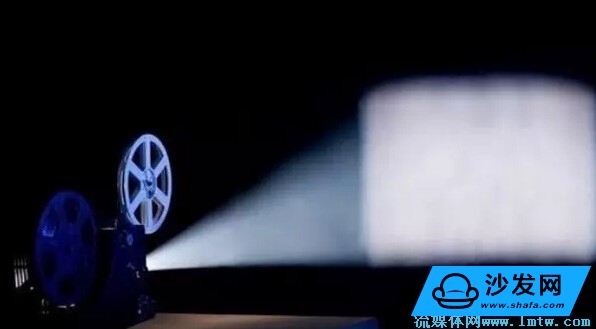
I believe that anyone who has heard such advice “less watch TV and hurt the eyes†is actually the same. What exactly does the TV use to hurt our eyes? It also uses the eyes to see the projector and the TV. What is the difference? How can we avoid this damage and protect our eyes?
One, direct light and reflected light
Now most of the TVs are "LED backlight LCD TVs". They use RGB-LED backlights to directly stimulate the human eye, so we call the TVs direct light here; and the mini-projectors use RGB-LEDs. The light source shines, and then it is projected onto the curtain or the wall is seen by the human eye, so the projection is reflected light.
In other words, we watch TV directly staring at the light source, watching the projection is to look at the projection reflection surface, just like reading a book, to see the reflection of the sun instead of looking directly at the sun. From this point of view, the television is obviously more harmful to the human eye than the projector.
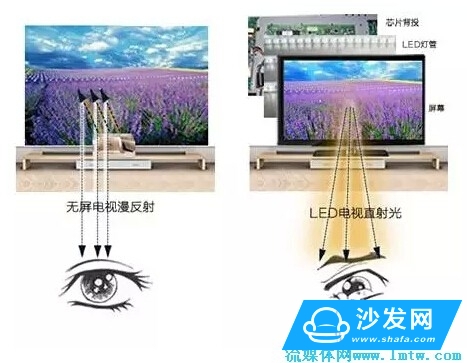
In addition to enhancing the clarity of some LCD screens, in addition to relying on the light pipe behind the screen to increase the brightness, it is also commonly used to use special "polishing technology" to make the surface of the display look like a piece of glass, which is very texture. It also improves the screen's color contrast and saturation. However, it also reflects light like glass. Especially when the light shines on the screen, it will increase the reflection of light.
Consumers using such displays are prone to being "stabbed" by light and have symptoms of tired eyes that slowly cause vision loss and headache health problems. The wall projected by the projector obviously does not appear as a mirror reflection like the display.
Second, Blu-ray harm
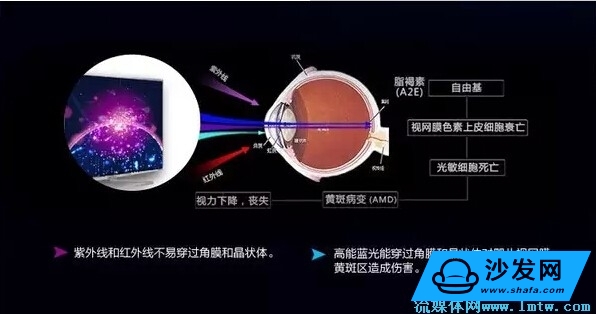
When it comes to light, here is the "first killer of the human eye" - the full name of Blu-ray and Blu-ray is called High-Energy-Visible-Lights. Light is an electromagnetic radiation that strengthens human radiation as energy and frequency increase. of. Blu-ray is the highest energy in the visible light, which is higher than the frequency of ultraviolet rays that are unavoidable in daily life.
So saying that Blu-ray may cause "blindness" is not shocking. This is one of the biggest reasons for the sharp increase in the rate of myopia among young people in the digital age.
Both projectors and televisions use RGB-LED light sources, ie, red, yellow, and blue three-color LED light sources. The three colors of LEDs are the most important ones, and the blue light will distort the color. The overall picture tone is reddish yellow. Take a look at the spectral composition of the two main light emitting modules of the LED display, the W-LED (commonly used) and the GB-LED. As shown below:
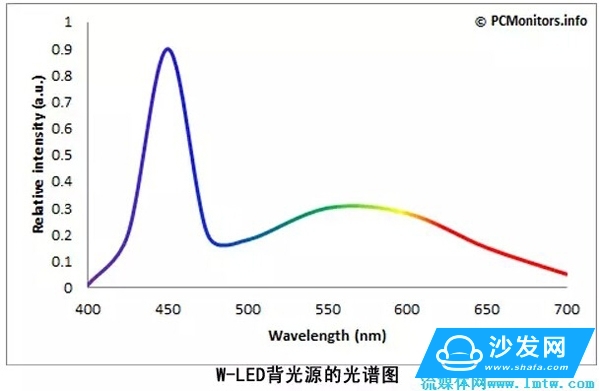
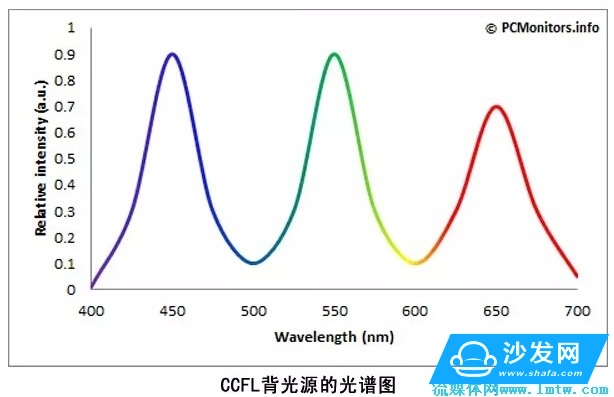
Spectral composition of LED display
It can be seen that whether it is W-LED or GB-LED, the proportion of short-wave blue light components is relatively high, long-term use of the eyes will be greater than the human stimulus. However, with the same light source, the pico-projector that is imaged by reflection is obviously less harmful than the direct-view television.
Projection has a parameter called brightness, if the brightness is right, it will have no effect. If it is too dark, it is also bad for eyesight. The home entertainment suggests that the actual brightness is about 250 ANSI lumens. ).

Third, the screen flashes
In the years when we were still using big-end TVs, we could clearly feel the flickering of the screen. This is because the imaging principle of the large-format TV CRT display is that the electron gun is used to bombard the phosphor on the picture tube to produce an image. The frequency is usually around 20-30 Hz, so we can obviously feel the flickering.
The liquid crystal display currently used has a liquid crystal refresh rate, the most common being 60Hz. But this refresh rate is not related to flashing
No matter how much the LCD refresh rate, it will not make people feel the flicker. What really causes the LCD to flicker is the dimming method of the LED backlight. The dimming method of the LED is a method of adjusting the light intensity emitted by the LED. Generally, it can be divided into two types of PWM dimming and non-PWM dimming.
PWM dimming, that is, in a very short period of time, the LED lamp is repeatedly lit and dimmed to adjust the brightness of the screen. This continuous lightening and dimming process is actually a visible flicker impact on the eye, and the higher the PWM frequency is, the higher the PWM frequency is. The perception of impact is weaker in the human eye; this is why some people experience eye fatigue when using a PWM-dimmable monitor, mainly because the frequency of this shock is close to that of the human visual nervous system. Frequency cap.
Due to individual differences, some people are not aware of this low-frequency flicker, and some people are very sensitive. The reason why PWM dimming is widely used in the market today is because this method is easy to implement and can reduce production costs. (See below)
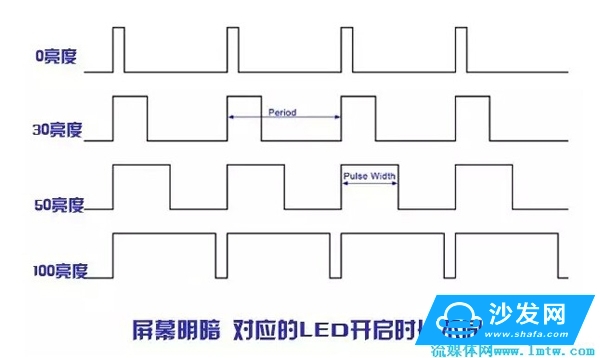
PWM dimming
Because the PWM dimming frequency is higher than the 60Hz of the CRT, it is less noticeable. Due to the PWM dimming principle, the display will be more pronounced at low brightness. All those who are sensitive to the eyes can feel the flickering when the brightness of the LCD monitor is lowered. Non-PWM dimming displays do not have this problem.
However, because of the cost, most manufacturers in the entire television industry will choose PWM dimming, which is why most of the television industry currently do not include the “dimming mode†in the parameter list.
The dimming of the projector is based on the reflection principle. The projector's light-emitting element collects all the light beams and reaches the mirror after multiple reflections to form a uniform and stable rectangular image. The stability of the projection screen does not flicker, fundamentally eliminating the damage caused by blinking the PWM dimming screen to the eyes. Not only that, the projected diffuse reflectance principle imaging can also make the view of the picture larger, there will be no situation where the television is left or right and the reflection does not appear clear.
Summary: The results of the comprehensive comparison between the two are high and the smart projection is indeed more eye-safe than the smart TV. But in this era of lack of "artisan spirit", not every micro projector is eye-protected. Not all brands are concentrating on making products and there are no vicious competitions to seek profits. The ultimate harm in this process is our consumers.

One, direct light and reflected light
Now most of the TVs are "LED backlight LCD TVs". They use RGB-LED backlights to directly stimulate the human eye, so we call the TVs direct light here; and the mini-projectors use RGB-LEDs. The light source shines, and then it is projected onto the curtain or the wall is seen by the human eye, so the projection is reflected light.
In other words, we watch TV directly staring at the light source, watching the projection is to look at the projection reflection surface, just like reading a book, to see the reflection of the sun instead of looking directly at the sun. From this point of view, the television is obviously more harmful to the human eye than the projector.

Consumers using such displays are prone to being "stabbed" by light and have symptoms of tired eyes that slowly cause vision loss and headache health problems. The wall projected by the projector obviously does not appear as a mirror reflection like the display.
Second, Blu-ray harm

So saying that Blu-ray may cause "blindness" is not shocking. This is one of the biggest reasons for the sharp increase in the rate of myopia among young people in the digital age.
Both projectors and televisions use RGB-LED light sources, ie, red, yellow, and blue three-color LED light sources. The three colors of LEDs are the most important ones, and the blue light will distort the color. The overall picture tone is reddish yellow. Take a look at the spectral composition of the two main light emitting modules of the LED display, the W-LED (commonly used) and the GB-LED. As shown below:


It can be seen that whether it is W-LED or GB-LED, the proportion of short-wave blue light components is relatively high, long-term use of the eyes will be greater than the human stimulus. However, with the same light source, the pico-projector that is imaged by reflection is obviously less harmful than the direct-view television.
Projection has a parameter called brightness, if the brightness is right, it will have no effect. If it is too dark, it is also bad for eyesight. The home entertainment suggests that the actual brightness is about 250 ANSI lumens. ).

In the years when we were still using big-end TVs, we could clearly feel the flickering of the screen. This is because the imaging principle of the large-format TV CRT display is that the electron gun is used to bombard the phosphor on the picture tube to produce an image. The frequency is usually around 20-30 Hz, so we can obviously feel the flickering.
The liquid crystal display currently used has a liquid crystal refresh rate, the most common being 60Hz. But this refresh rate is not related to flashing
No matter how much the LCD refresh rate, it will not make people feel the flicker. What really causes the LCD to flicker is the dimming method of the LED backlight. The dimming method of the LED is a method of adjusting the light intensity emitted by the LED. Generally, it can be divided into two types of PWM dimming and non-PWM dimming.
PWM dimming, that is, in a very short period of time, the LED lamp is repeatedly lit and dimmed to adjust the brightness of the screen. This continuous lightening and dimming process is actually a visible flicker impact on the eye, and the higher the PWM frequency is, the higher the PWM frequency is. The perception of impact is weaker in the human eye; this is why some people experience eye fatigue when using a PWM-dimmable monitor, mainly because the frequency of this shock is close to that of the human visual nervous system. Frequency cap.
Due to individual differences, some people are not aware of this low-frequency flicker, and some people are very sensitive. The reason why PWM dimming is widely used in the market today is because this method is easy to implement and can reduce production costs. (See below)

Because the PWM dimming frequency is higher than the 60Hz of the CRT, it is less noticeable. Due to the PWM dimming principle, the display will be more pronounced at low brightness. All those who are sensitive to the eyes can feel the flickering when the brightness of the LCD monitor is lowered. Non-PWM dimming displays do not have this problem.
However, because of the cost, most manufacturers in the entire television industry will choose PWM dimming, which is why most of the television industry currently do not include the “dimming mode†in the parameter list.
The dimming of the projector is based on the reflection principle. The projector's light-emitting element collects all the light beams and reaches the mirror after multiple reflections to form a uniform and stable rectangular image. The stability of the projection screen does not flicker, fundamentally eliminating the damage caused by blinking the PWM dimming screen to the eyes. Not only that, the projected diffuse reflectance principle imaging can also make the view of the picture larger, there will be no situation where the television is left or right and the reflection does not appear clear.
Summary: The results of the comprehensive comparison between the two are high and the smart projection is indeed more eye-safe than the smart TV. But in this era of lack of "artisan spirit", not every micro projector is eye-protected. Not all brands are concentrating on making products and there are no vicious competitions to seek profits. The ultimate harm in this process is our consumers.
Super Tweeter Bullet,Tweeter Driver,Speakers For Concert Speakers,Speakers For Performances
NINGBO RFUN AUDIO TECHNOLOGY CO.,LTD , https://www.mosensound.com